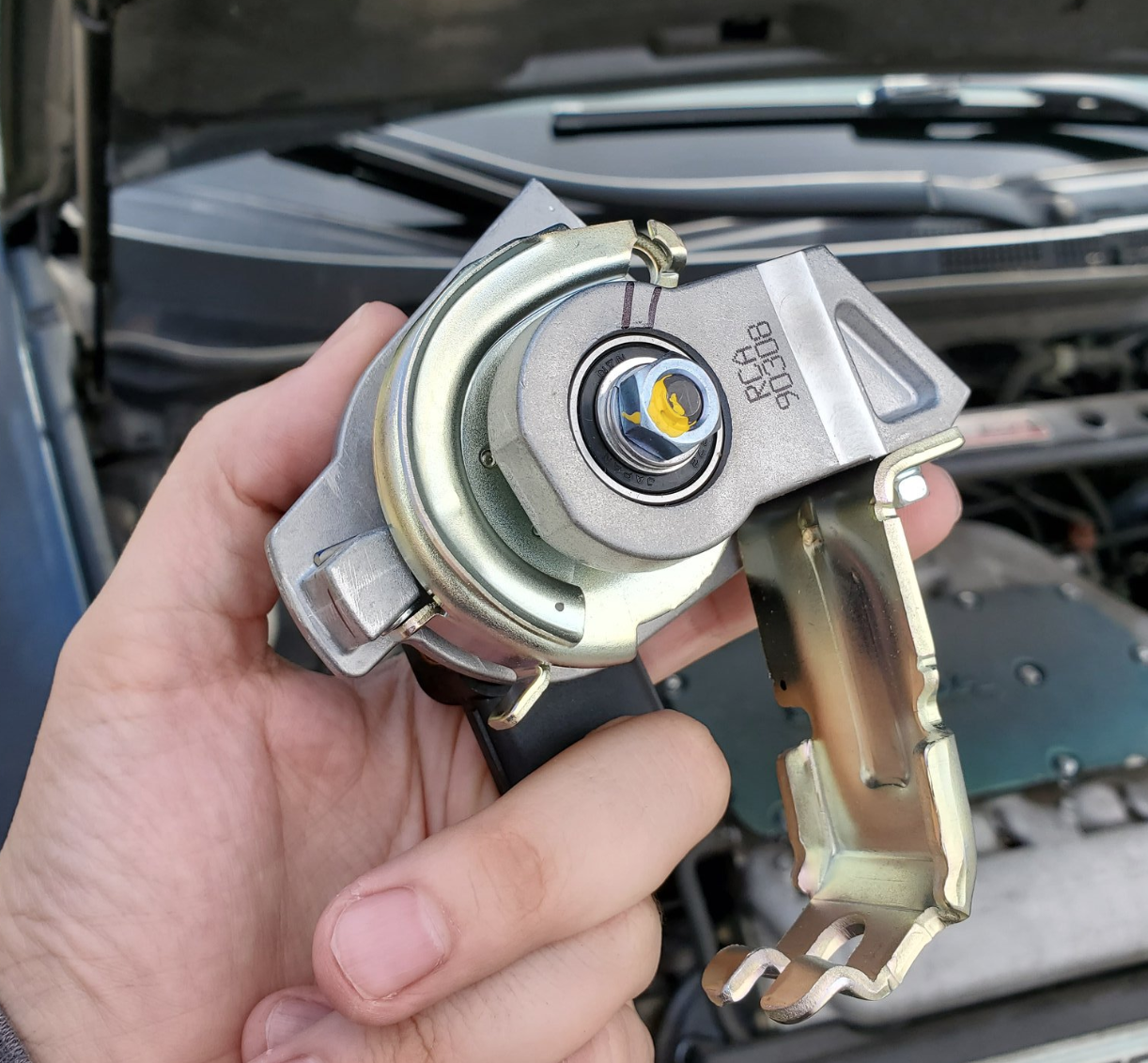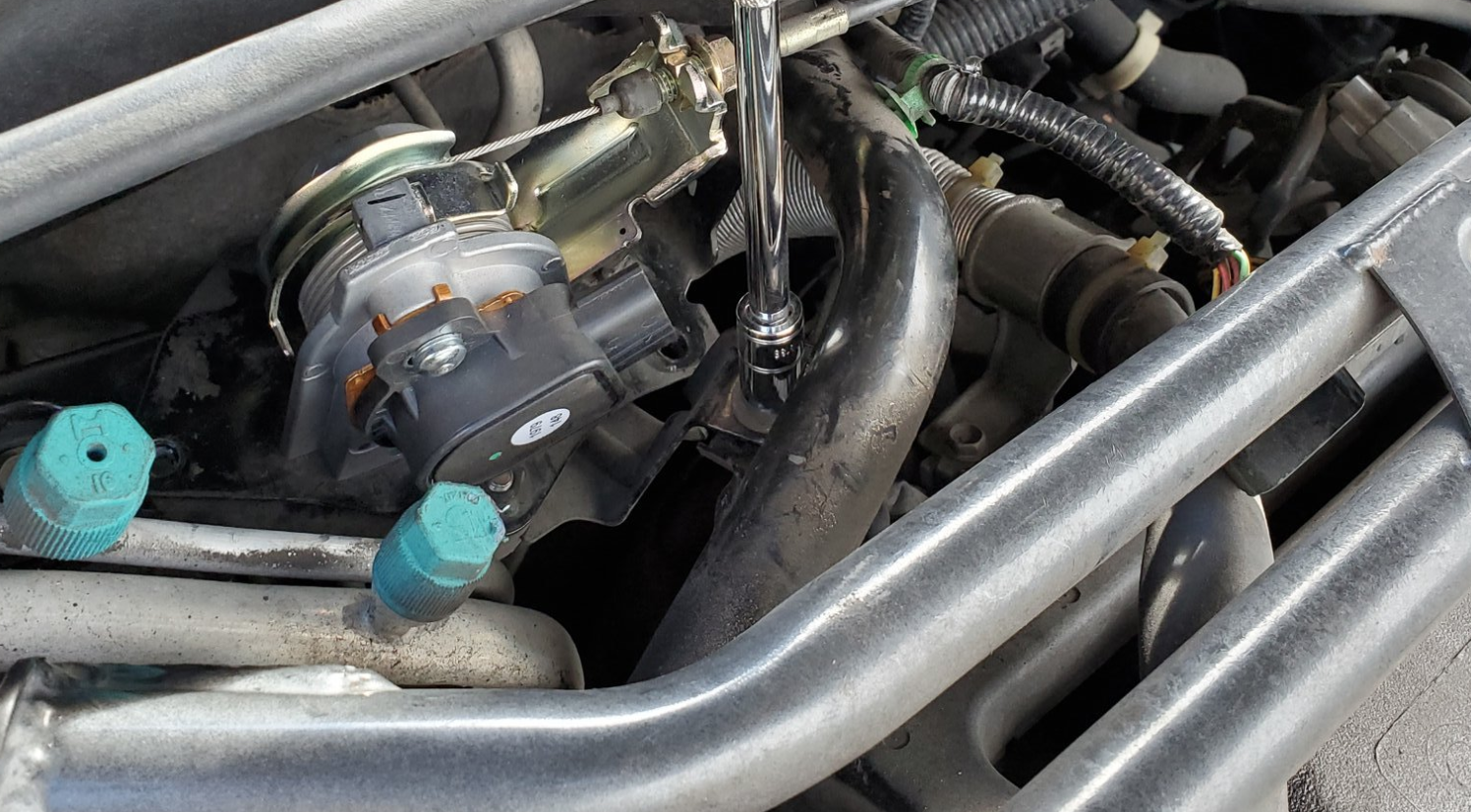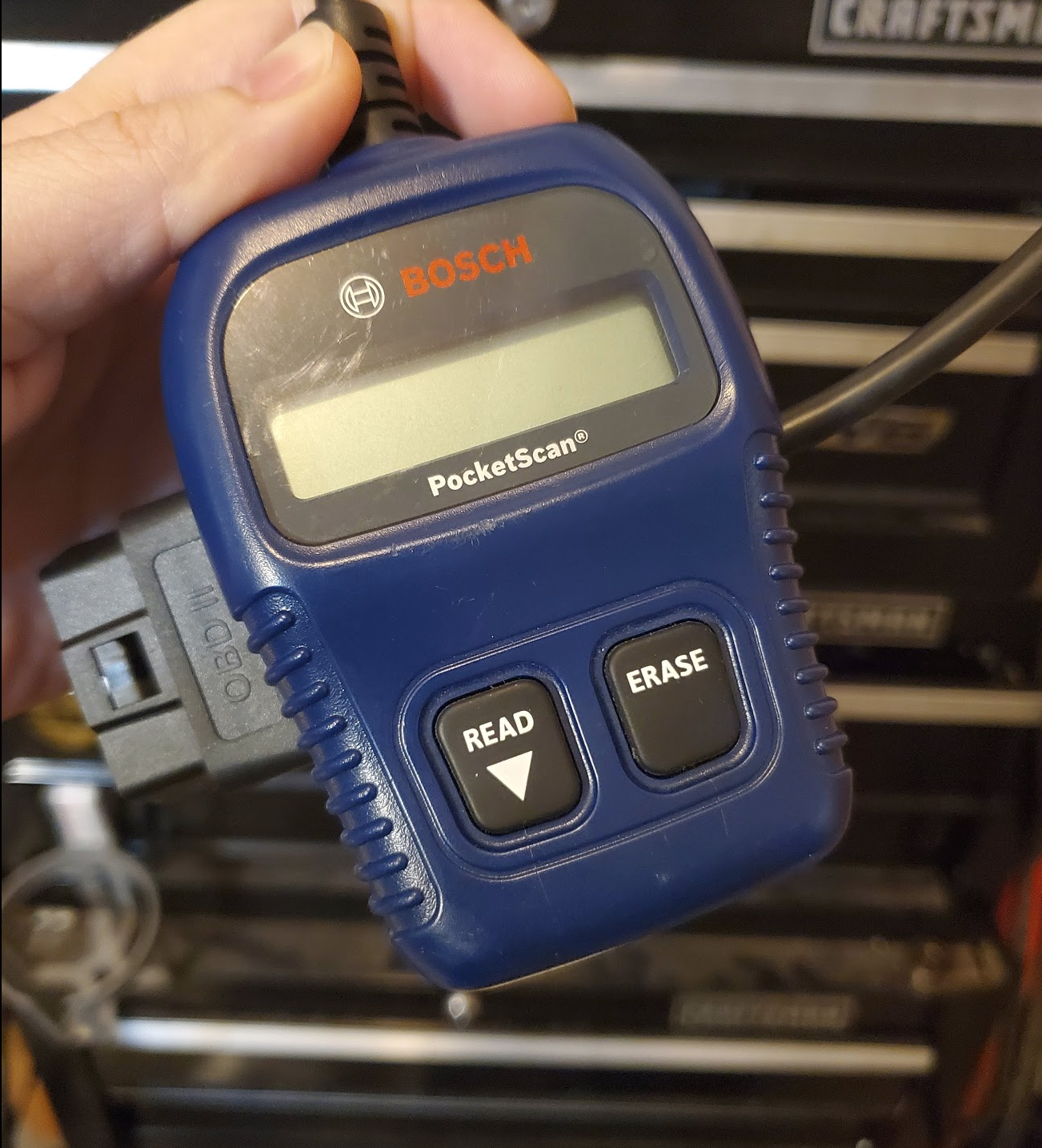How to Replace an Accelerator Pedal Position Sensor
- 4 minutes read - 843 words 2004 Honda Accord outside of a detail shop
2004 Honda Accord outside of a detail shop
This is my 2004 Accord. It has been my daily driver for 6 years. It has 285k miles. Everything works and it’s great — except that lately the throttle has been… weird. It starts jerky and doesn’t cruise at a consistent speed even if I am very smooth with my pedal input. I hooked up my OBD reader (on-board diagnostic reader) to see if I had any error codes. It returned p2138 which indicates a fault with the Accelerator Pedal Position Sensor. This is a kind of expensive part at $125 but at least I know what to replace now. Sometime around 2000 car manufacturers decided that having the gas pedal pull a steel cable to move the throttle plate directly was too simple, cheap and reliable. So they started implementing “fly by wire” which means there is an expensive sensor and electric motor involved now. Not that I’m bitter… Let’s fix it, oh and by the way, links to tools and parts are affiliate links and I may earn from purchases.
Let’s locate the faulty sensor. It’s right here under the hood up against the firewall. My engine is dusty.
 View of engine bay with sensor cover circled in red
View of engine bay with sensor cover circled in red
Here is the new sensor I’ll be installing.
 new throttle position sensor
new throttle position sensor
All we need for this job is a 10mm socket with extension and a 12mm wrench. Start by removing two 10mm bolts so you can pop off this cover.
 close up of where the bolts that need to be removed are
close up of where the bolts that need to be removed are
This is a good time to unplug the wiring harness going into the sensor housing. Next, remove the two remaining 10mm bolts that hold the sensors bracket into the car.
 Red arrow is indicating where harness was plugged in.
Red arrow is indicating where harness was plugged in.
Now you can maneuver the bracket out between the AC lines and the strut tower brace. As you can see it’s hard to do this while taking a picture so the picture isn’t great.

By now you’ve noticed that it’s the same old 80s style cable coming from the pedal to this sensor! Twist the sensor on the spring to release the tension on the cable and remove it from the hook at the end.
 Red box indicated the end of the cable that must be unhooked
Red box indicated the end of the cable that must be unhooked
If looking at this picture doesn’t make it clear how to remove the cable don’t worry, it’s pretty obvious when you have it in your hands. You got this. Now use that 12mm wrench to loosen the nut holding the cable to the bracket. I’m using an adjustable wrench on the other side to keep the back nut from moving. Side note: I’m a big fan of Husky hand tools. For me they’re right in that sweet spot of quality and affordability.
 Removing 12mm nut to loosen cable retention
Removing 12mm nut to loosen cable retention
Here’s the old one and the new one side by side. In order to install the new one we need to re-use this bracket.

These bolts I circled in red are really the only ones that need to come out in order to remove the old sensor from the bracket. However, my 10mm socket didn’t quite fit in those holes so I’m going to remove the outer plate first.
 Old sensor still attached to bracket with bolts circled
Old sensor still attached to bracket with bolts circled
For my convenience I put the bracket in a vice to hold it still while I remove the three 10mm bolts. If you don’t have a vice you’ll be ok.
 Bracket in vice with socket on bolt about to be removed.
Bracket in vice with socket on bolt about to be removed.
With this plate off the last two bolts holding the sensor are easily removed.
 Back plate removed exposing last 2 bolts.
Back plate removed exposing last 2 bolts.
Now we put it all back together with the new sensor. Note: I didn’t want to apply pressure to the new sensor by holding it in the vice so I did this in my hands more carefully.

Let’s get this bad boy in the car! Hook the cable around the end of the new sensor. Twist the spring back to give yourself space to work with just.

Tighten the nuts holding the cable to the bracket and reinstall the bracket and housing cover just as we removed them.

That’s it! A quick cruise around the block confirmed that all my throttle tom-foolery was gone!
Earlier I breezed over how I determined that I needed a new sensor thanks to a p2138 code. Let’s talk about that. I learned of the error code by connecting my Bosch PocketScan to the car and scanning for error codes.

This tool costs $70 and might not be worth it if you don’t work on cars very often. You have two other choices for reading error codes. You can get an off-brand code reader here on Amazon for only $20 or you can drive your car to an auto parts store like O’Reilly or AutoZone and they will read the codes for you. If you’d rather not drive your car while it’s exhibiting strange behavior order the code reader I linked!